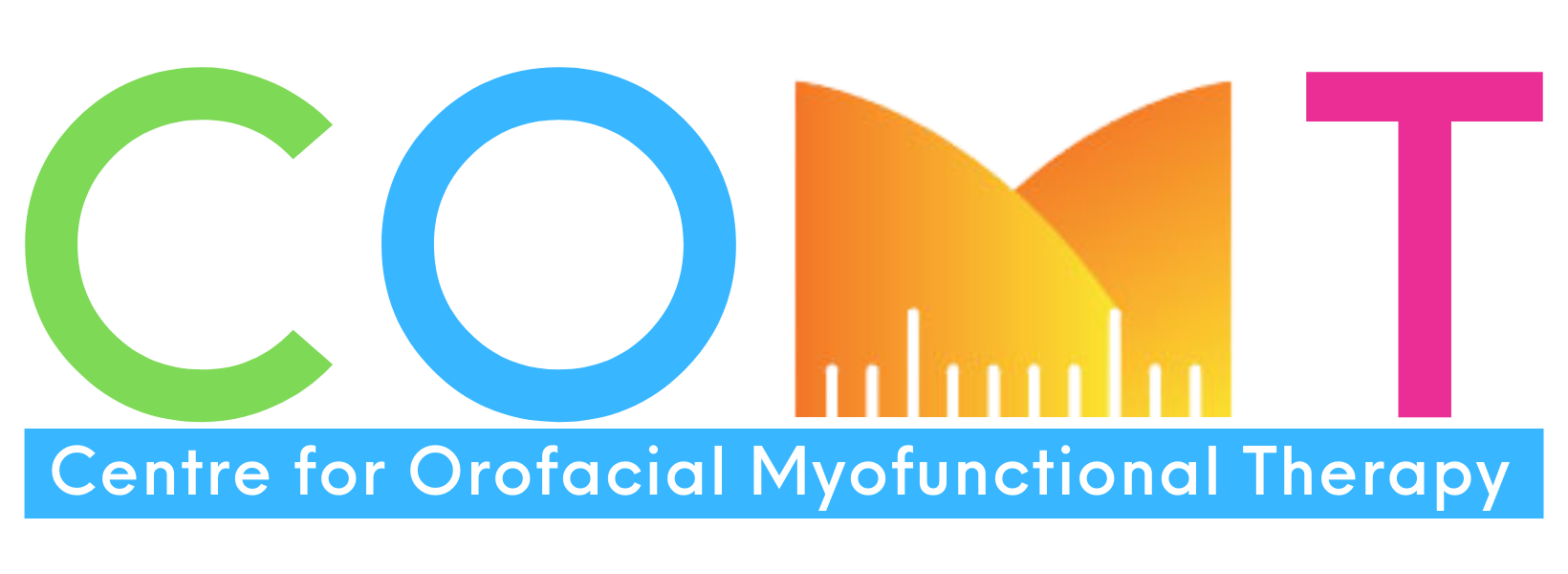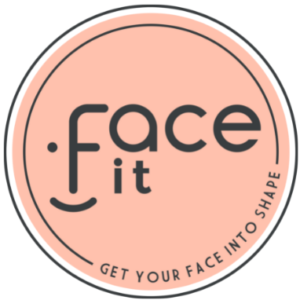- online on-demand for health professionals -
A 3hr EXPLORATORY JOURNEY INTO THE SOFT AND HARD TISSUE OF THE CRANIOFACIAL FORM. WHY SIZE, SHAPE, DIMENSIONS AND MOVEMENT MATTERS.
LEARN WHAT THE HECK IT ALL MEANS!
Enhance your skills in accurately assessing and measuring the orofacial soft and hard tissues, including FUNCTION!
Develop more targeted and effective treatment plans for your patients.






$49
FACE FIT
- for the general public and health professionals -
- Toning - Defining - Firming -
We spend many hours exercising our bodies, but forget about our face!
Get your face into shape at your own pace!
This evidence-based online program has four parts that guide you through the underlying principles of Face Fit and provide you with the skills to monitor your progress.
At the end of the program, you’ll know how to recognise correct facial movements and how to optimise your facial features.
PART 1- Why do we look the way we look
Of course our genetics influence how we look, but that only takes us so far and it doesn’t define our facial destiny.
We are much more than the face we see on the outside – we have 6 layers between the skin and our skull underneath. Each layer has a specific role to play in how our face shapes and ages over our lifetime.
PART 2- The way we move
Moving our face and mouth properly directs what our face looks like – if you don’t move it, you lose it!
Our face forms its ongoing shape and support by our life health choices and circumstances and by how we breathe and move our face right from the moment we are born. Learn how our tongue and our nose are the two most important features of our facial ageing.
PART 3- Age related changes
Whether we like it or not, each year brings changes to our whole body. Our skin, muscles and bones change yearly from about 25-30 years old and our face is often the first place that we notice the changes.
Learn how and why this happens and how we can slow the effects of ageing.
PART 4 – 6 Steps of the Face Fit Functional Method
As the name suggests, this is not just a bunch of exercises. It’s called the functional method because every activity and exercise helps to ensure you’re not just doing spot exercises on isolated areas of your face, but you’re learning how to use your whole face and your breathing, chewing and swallowing muscles correctly – making sure the right muscles are being used for the right job.
Part 4 guides you through the 6 Steps to Facial Fitness, including over 25 different activities.
The program is based on the clinical knowledge of Cheree and Bridget combined with research that proves positive outcomes of facial exercise – no injections, no surgery, no expensive creams.
We have shared this unique Face Fit Functional Method with you so that you can Get your face into shape and benefit from learning these skills for the rest of your life!
The course content covers period from start of life to old age – that’s everyone!
This two-day workshop is suitable for all health professionals with something extra for our manual therapy colleagues!
Is this workshop for YOU?
- For those who care for babies with feeding or settling issues
- Do your baby clients have a small jaw?
- How does the jaw position, teeth and tongue relate to jaw and neck pain patients?
- For those who care for children and adults with poor sleep.
- Do your children clients have fussy eating and poor chewing?
- Would you like to know about the health implications of mouth breathing?
- Curious about the tongue and it's whole body connection?
- Do you wonder if your client had tongue tie?
- Are there reports of drool and speech issues?
- Do any of your patients snore?
- Are your clients reporting concerns about their facial features?
- Do you wonder why your patient's adjustments aren't holding like you'd expect?
- Your patient's pain persists beyond your usual management?
- Would you like to know how when and where you can direct your patients for more help?
- Wanting more information about assisting orofacial development and health within your scope.
- Postural correction techniques aren't working as they usually do.
- You'd like to have more information to help your jaw pain patients
- You'd like more information about assisting orofacial development and health within your scope
- You'd like to more involved with your local frenectomy practitioner?
We will be joined by guest speakers who are masters of their craft. They will share wisdom and tips during memorable interactive sessions. The surprise element!
We will use real life experiences, case study presentations and memorable activities. Who doesn’t love on the spot learning?
We will include some elements of our unique Measuring Up course and some activities from our world-renowned trademarked Face Fit course. Yippeeee!
You will participate in tongue function FALT assessment activities using the orofacial measuring tool MyoMate and will practice the Cranial Assessment during Frenulum Palpation (CAdFP) technique.
You will receive delegate folders and access to google drive of resources.
You will laugh, learn and be amazed. No time to fall asleep!
Course outline:
Awareness of correct orofacial and musculoskeletal postural principles for optimal health
Craniofacial-respiratory development through lifespan
Optimal respiratory function in infants, children and adults
Oral function principles for optimal development outcomes
Feeding and eating progression from infant to competency
Craniofacial and breathing outcomes on development, posture and health
Breathing dysfunction conditions
Dysfunctional feeding/eating practices
Common tongue function disorders, including tethered oral tissues (tongue ties)
External influences that challenge optimal craniofacial-respiratory outcomes
Outcomes of suboptimal orofacial functions on craniofacial-respiratory growth and development
Practicums: FALT tongue function and lingual frenulum assessment including Cranial Assessment during Frenulum Palpation (CAdFP), Basic orofacial assessment you can include in your own assessments
Learning outcomes:
A deeper understanding of normal and optimal cranio-orofacial structures and orofacial-respiratory functional,
How the orofacial complex is the window into the body’s health.
Tools for baseline structural and orofacial functional assessment within your scope.
Recognise red flags for orofacial dysfunctions and facilitate appropriate pathways for the ideal team approach for optimal patient outcomes.
How to give feedback/input regarding tethered oral tissues to other providers, including the frenectomy practitioner.
14 CPD
Presenters:
Cheree Wheaton - Oral Health Therapist (Dental Practitioner) and Orofacial Myofunctional Therapist
Bridget Ingle - RM, RM, International Board Certified Lactation Consultant and Paediatric Orofacial Myofunctional Therapist
+ other Guest speakers
Cost
Early Bird $875 (incl GST) - Nov 30th '25
Full Rate $950 (incl GST)
8.30am - 5pm both days
Location
Brisbane - Kennigo Hotel, online via Zoom


